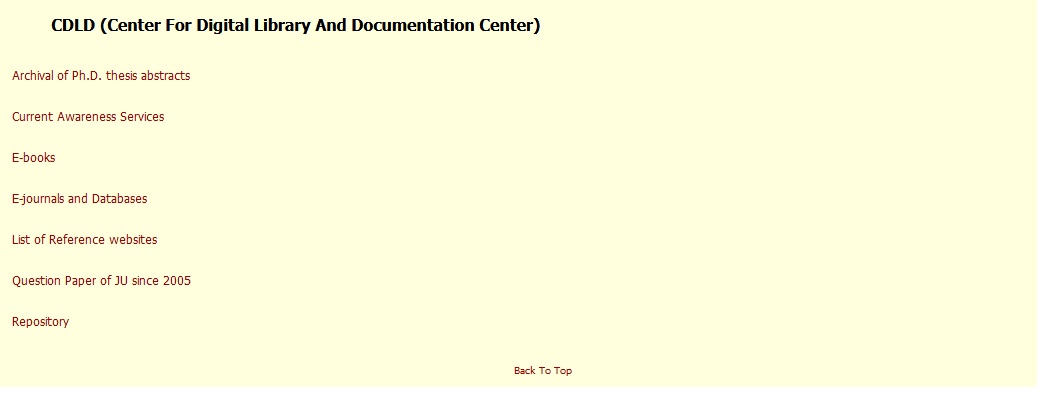Color Management System B.E Question Paper : jaduniv.edu.in
Name of the University : Jadavpur University
Department : Printing Engineering
Degree : B.E
Subject Name : Color Management System
Year/Sem : IV/II
Website : jaduniv.edu.in
Document Type : Model Question Paper
Download Model/Sample Question Paper : https://www.pdfquestion.in/uploads/dspace.jdvu.ac.in/5433-Color%20Management%20System.pdf
Jadavpur Color Management System Question Paper
B.E. Printing 4th YEAR :
2nd Semester Examination, 2013 Elective 2 (Color Management System)
Time : Three hours
Full Marks : 100
Related : Jadavpur University Estimating & Costing B.E Question Paper : www.pdfquestion.in/5427.html
Answer any five questions:
1. What are the parameters of INCQC color assessment? What is the maximum score .for dot gain or TVI for SNAP certification? What is the tolerance level of dot gain for SNAP certification?
What are the other parameters to be tested for SNAP test and what are the maximum score for the parameters? Describe the block dye model of printer characterization. What are the problems associated with it? 6+ 2+2+4+4+2=20
2. Draw a neat diagram of five stage transformation of a color management system. What are the criteria of choosing a RGBRE. working color space? Define modulation transfer function. Why sinusoidal objects are chosen for MTF measurement? What are the two types of acutance? 6+ 4+2+4+4=20
3. I) How the following image quality are affected by different parameters? 2*5=10
a) Sharpness b) Dynamic range c) Vignetting d) Lateral chromatic aberration e)Color Moire

II)Describe model based characterization of input devices. What are the different types of mapping used for device characterization? 6+4=10
4. Differentiate between
a)sRGB and Adobe RGB b) sigmoid like chroma matiching function with knee scaling c) LCD and CRT monitor performance d) Analogous and complementary colors e) Spectrophotometer and spectroradiometer f) Munsell and Ostwald systeJIl g) Isotones and isotints h) Forward characterization and backward characterization in a CMS i) Warm and cool colors j) Brightness and contrast ratio j) Model-based and empirical based characterization
5. Briefly describe the following color appearance phenomena. 10*2=20
a) Simultaneous contrast b) Spreading c) Abney effect d) Bezold-Brucke hue shift e) Hunt effect f) Helmholtz., Kohlraush effect g) Helson-Judd effect h) Stevens effect i)discounting the illuminant j) crispening
6. How the color gamut can be extended? What are the different approaches of gamut ‘mapping- explain with the help of L vs C diagram Draw the color managed workflow where the input device is a scanner and a DSLR camera and output device is a CMYK press and a LCD monitor.
What kind of rendering intent will ‘you choose and why for following application
I) Input gamut completely fits within output gamut
II) For printing a multi color editorial image on newsprint where output gamut.
Is 70% of input gamut
III) For internet edition of a multi-color editorial image where output gamut. Is 70% of input gamut
IV) For printing an advertisement where critical colors are within output gamut.
V) For printing an advertisement where critical colors are within input gamut but outside of the output gamut. 2+4+4+10=20
7.What is chromatic adaptation? Describe Von Cries model of Chromatic adaptation. What are the factors affecting noise of an image? How the noise of an image can be reduced? 4+ 10+4+2 = 20
8.Write short notes on 4*5=20
a) Gamma b) White point normalization
c) Color matching function
d) Accuracy of characterization
e) Granularity measurement
Syllabus :
Color Management Systems :
The need for color management systems and their architectures, Closed-loop color, Color space conversion, Characterization and calibration of devices, Color Standards, Color notation systems,
Calculations of Colorimetric Quality Factor, Color processing of digital photographs, Color gamut calculations and mapping, Color management in digital film post-production. Creating and evaluating device Profiles, Color Management Tools.
References :
** Rich Adams and Joshua Weisberg, GATF Practical Guide to Color Management, GATF Press
** Phil Green, Color Engineering, GATF